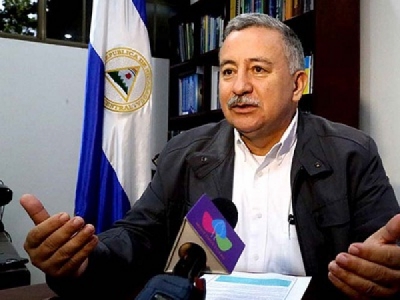
Posted on August 23, 2016
The project Nicaragua is undertaking to build an interoceanic canal to connect the Atlantic and Pacific oceans will be a reality, said the spokesman of the commission in charge of the work, Telemaco Talavera.
Talavera said this ‘will the largest work in the modern world’ and warned that it has a number of vital components, such as ports and floodgates.
Building a canal is a great responsibility from every point of view, even seen from an engineering point of view, he insisted.
In this regard, he said that a port in the Pacific and one in the Caribbean are not the same, nor are the floodgates on each of those places, the dredging and the soil composition.
For this, a number of geological, cartographic and- high-precision photographic studies have been necessary.
At present, he said, a plan for the restoration of biodiversity, under scientific basis and with concrete plans started. He also revealed that an international company was hired and a group of engineers is working in parallel in the design of the work and the alignment of the canal.
We are advancing on all this with all corresponding seriousness and responsibility, so to that once we begin, and once we have all that the process of dredging of the canal starts properly,’ he stressed.
The Chinese HKND Group, in charge of the work, reported recently that an aerial investigation spanning 4550 square kilometers on the canal route are completed.
Made on a corridor between 10 and 30 kilometers wide in the south of Nicaragua, and spanning from the Pacific to the Caribbean, the study was conducted by the Australian geological consulting company CSA Global Pty Ltd., which used state of the art techniques to collect high-resolution photos, topographic and geophysical data.
This research will be used to document the current land use and will allow a better understanding of the subsurface geology within the corridor. The structure will be 278 kilometers in length, including a stretch of 105 kilometers in Lake Nicaragua, and between 230 to 530 meters wide and between 26, 7 and 30 meters deep.
It will be three times longer than the Panama Canal, and will have two ports, a railway, a pipeline and an airport.
Source: Prensa Latina





